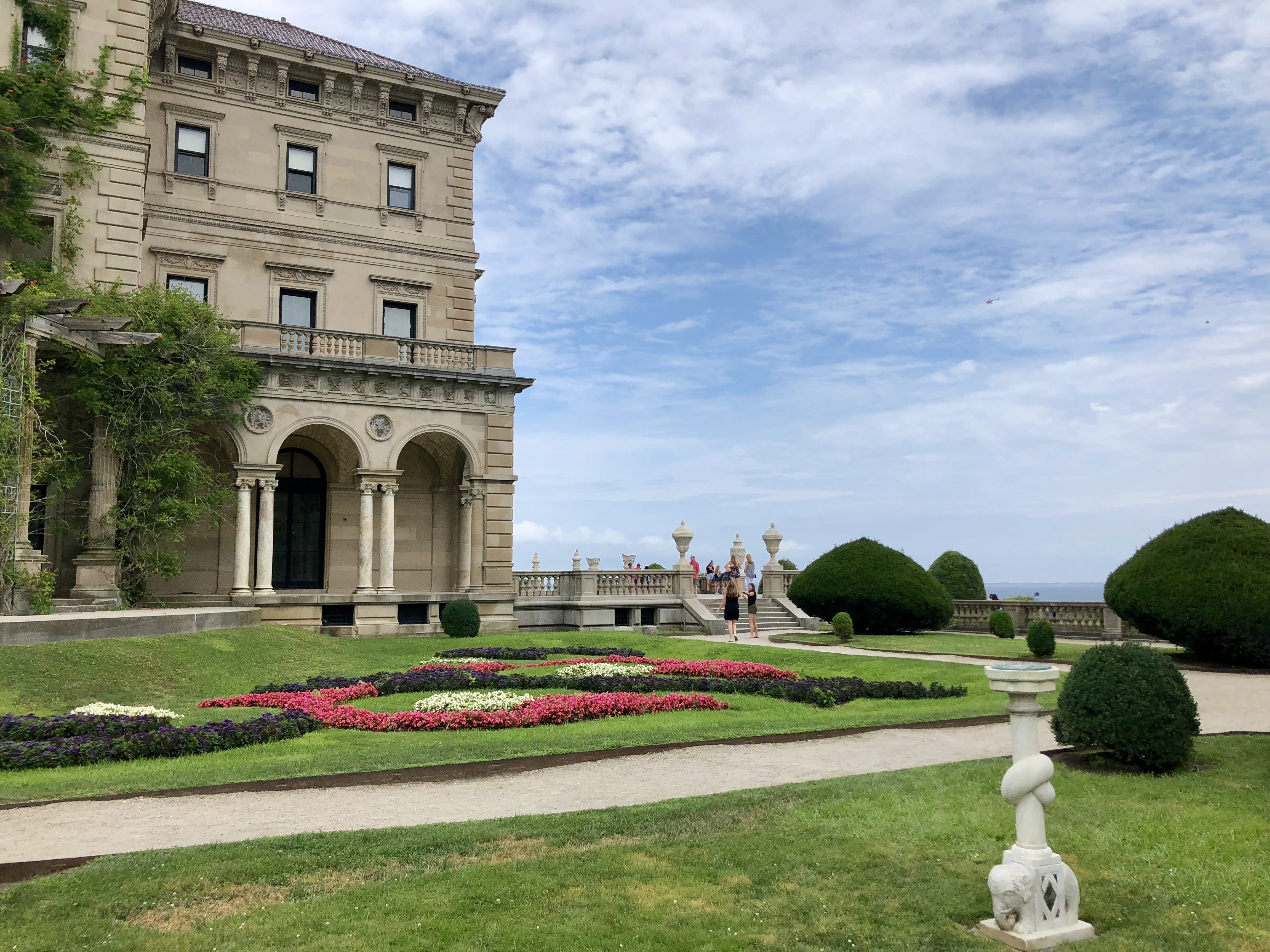
Greetings Treat-A-Weekers,
Hope you had a lovely weekend! I know I did as I got to catch up with some of my favorite girlfriends. Whenever we are together, which is all too rare these days, we share our reading, watching, food, exercise and all-the-things-we-are-loving-right-now recommendations with each other. After 8 years of close friendship born of being moms of girls who were elementary school friends, we now know each other’s (and our daughters’) tastes very well. While together, I coerced my friend Sandy into purchasing The High Season by Judy Blundell for her light “beach reading,” as it and two historical fiction books I am about to recommend were among my most quickly devoured escapist reading treats of the summer. Hope you will pick up one or more of them when in search of a break and let me know what you think. Without further adieu, the treats…
Next Year in Havana by Chanel Cleeton
…could also be called, “I left my heart in Havana and my granddaughter found it” and I inhaled it, reading it over the course of a couple late nights. The novel centers around the intertwined stories of two young women whose awakenings take place in two different, tumultuous time periods in Cuba with eerily similar themes. Elisa Perez lives the privileged life as the daughter of a sugar baron in Havana in 1958 but the discontent and hardship experienced by many of her fellow Cubans becomes clear to her when she falls in love in a revolutionary. Decades later, in 2017, after Elisa’s death, her granddaughter journalist Marisol Ferrera travels to Cuba to scatter her exiled grandmother’s ashes in her homeland and give her the long-awaited closure she craved but never attained during her lifetime. While seeking answers for and about her grandmother, Marisol becomes entangled in a new web of political turmoil and with her own revolutionary of sorts. Fun reading with romance, suspense, and some very digestible information on Cuba and it’s historic and current struggles that also sends a clear social message: when life glitters gold disproportionately for the few, it is invariably dark for many. The question of how to resolve this inequity clearly still resonates today.
The Summer Wives by Beatriz Williams
Set in the summers of 1951 and 1969, The Summer Wives is another book about love, class and inequality that takes place on fictional Winthrop Island (based on Fishers Island off of Long Island Sound). There is a murder, a romance, a love-triangle and power struggle between two step-sisters that will keep historical fiction lovers page turning until the very last chapter. The Summer Wives is good, light reading but my favorite book by Williams is A Hundred Summers, and it explores very similar themes.
The High Season by Judy Blundell
So, if you are more of a contemporary fiction reader, this is the book on the list that you will likely enjoy the most. Ruthie Beamish lives in yes, you guessed it, another place by the sea that the wealthy love to visit, this time, Orient, NY in the North Fork area of Long Island. To pay the mortgage year-round, she and her teenage daughter rent their home out for three months during peak vacation season, an experience they call “the summer bummer.” Well, this summer is about to be the biggest bummer of Ruthie’s life. Her teenage daughter whose girlfriends have abandoned her for the typical petty reasons, develops a crush on the over-21-year-old stepson of her uber-glamorous summer tenant, Adeline Clay. Meanwhile, Adeline herself appears to be after Ruthie’s estranged but still beloved husband, Mike. On top of that, there may be a coup going on at the local art museum Ruthie has directed and nurtured for years to oust her and an ex-lover of hers comes to town for unclear reasons. The upending of Ruthie’s world and the callous way in which she is treated by the wealthy and the self-interested is both infuriating, humorous, relatable and ultimately, redemptive. This is a book that did not follow a formula and realistically depicted the power of wealth alongside the fight for integrity and authenticity.
That’s it, my friends. Enjoy some time curled up with a good book this week Treat-A-Weekers.
Until next week, I remain, very truly yours,
M
p.s. My featured picture is a partial view of the Breakers, in Newport, Rhode Island, a palatial home once owned by the Vanderbilt family that is now a museum which we toured this summer. The Breakers was both breathtaking and disturbing when viewed as living history and a homage to the era that Mark Twain dubbed the Gilded Age. Twain named the time period from 1870 to 1900 the Gilded Age, for “Like a piece of gilded jewelry, it looked beautiful on the outside. But beneath the thin veneer of gold lay cold black iron…in the form of disturbing economic, social, and political trends.”
More on that, here, https://www.history.com/news/second-gilded-age-income-inequality



